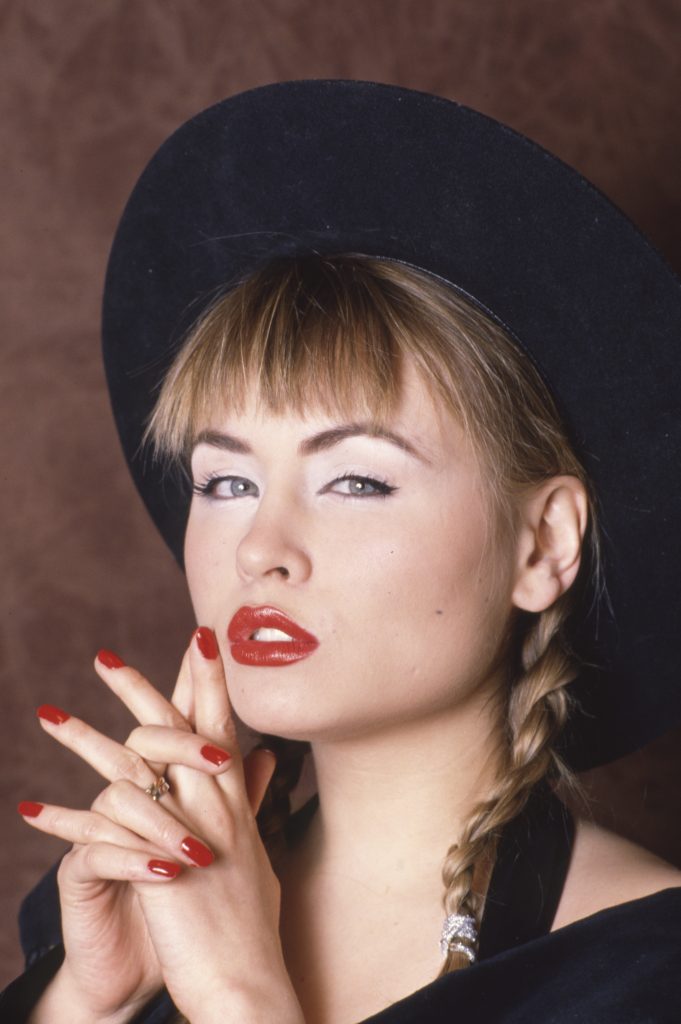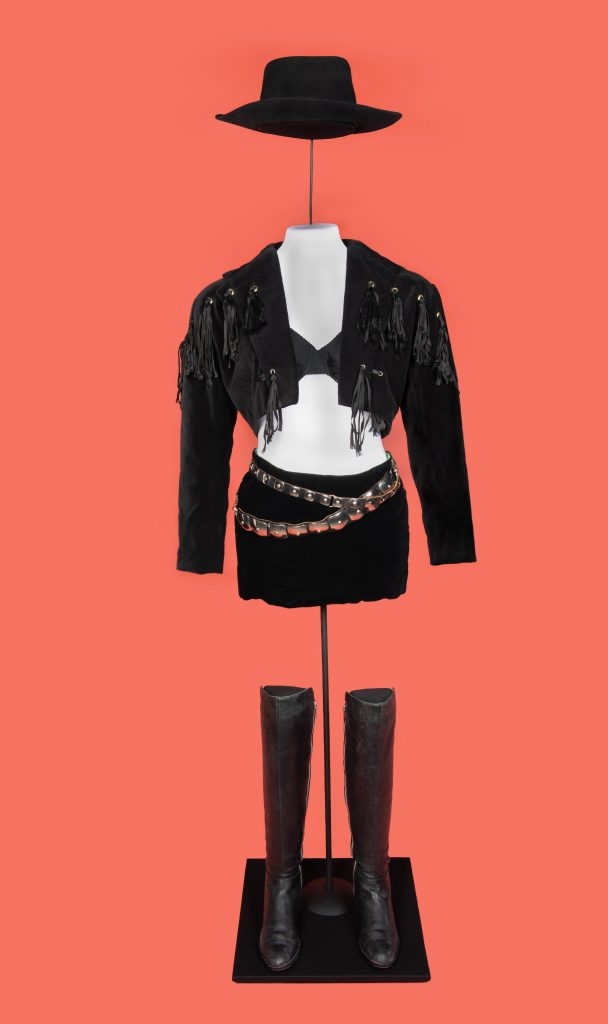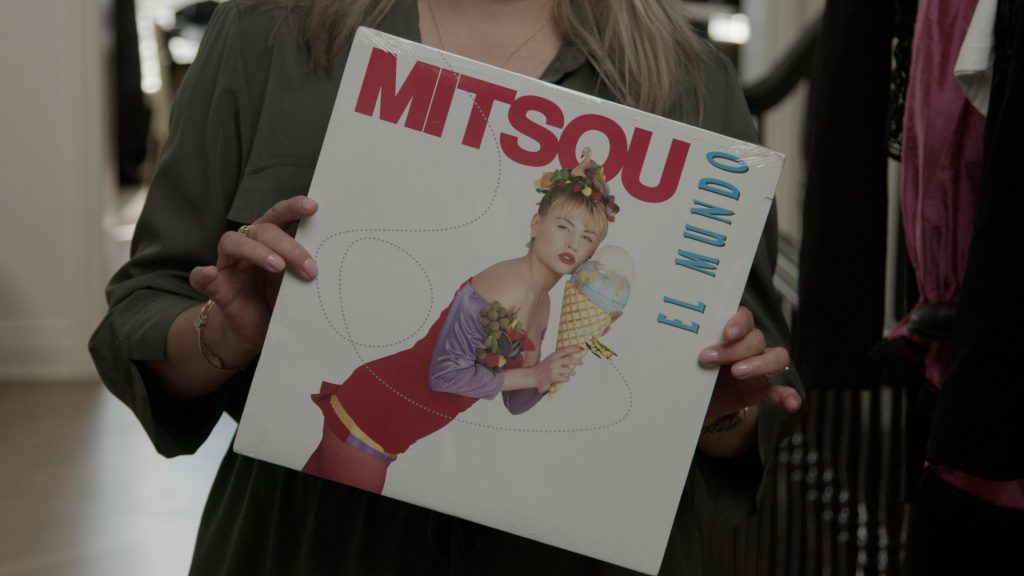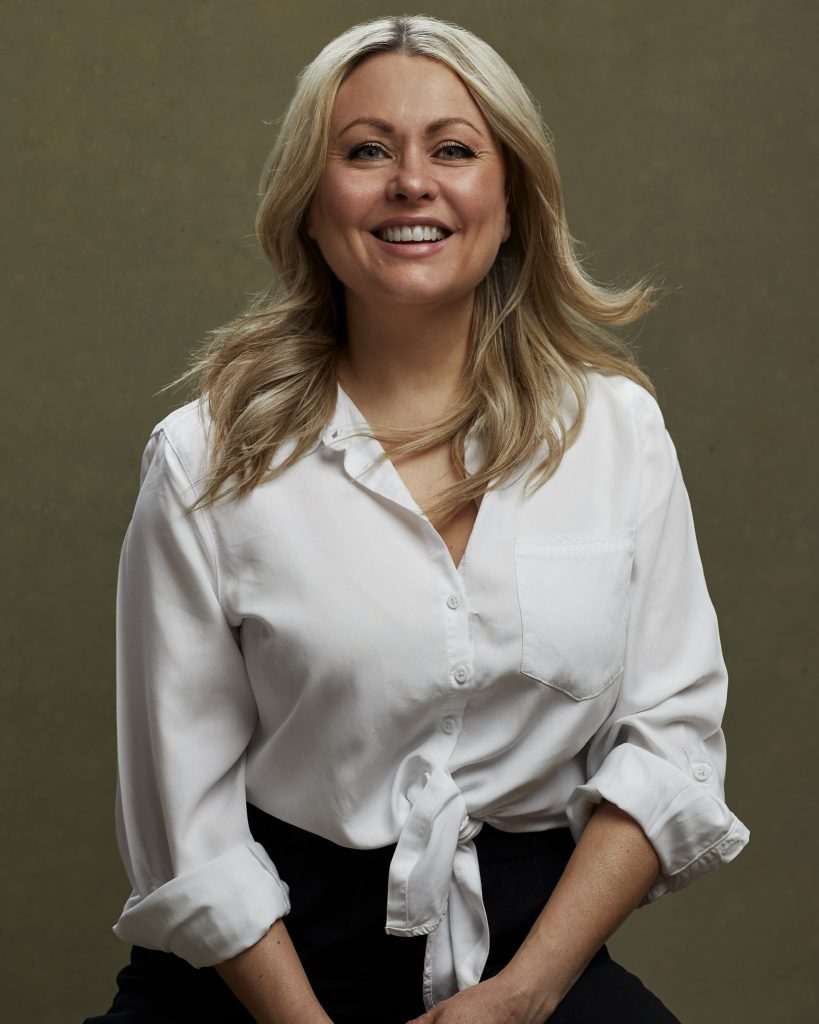Artifactuality podcast: The Meaning of Mitsou – A conversation about stardom, style and reinvention

Mitsou Gélinas in June 1989, (Photo by Eric CATARINA/Gamma-Rapho via Getty Images)
An artist’s signature look has a major impact on enduring memories around their music. Just ask Mitsou. Before she conquered the world with her global hit, “Bye bye, mon cowboy,” she was a talented Montréal teenager with an iconic style pulled together from her own closet and brought to the world stage.
Mitsou shares her experience in Artifactuality, a podcast series that imagines a museum of the future made up entirely of the stories we tell each other. In the episode “The Meaning of Mitsou,” we talk with Mitsou about her early costumes, the highs and lows of her music career, and how RuPaul taught her to lose the costumes and just be herself. As it turns out, being a pop star may have been Mitsou’s origin story, but there was much more to come.
Download and subscribe to Artifactuality: Stories From the Museum of the Future wherever you get your podcasts.
The DIY Look Behind “Bye bye mon cowboy”
In 1988, 17-year-old Mitsou Gélinas turned to her own closet for the outfit she wore in the music video for her debut single, “Bye bye mon cowboy.” She grabbed a short black jacket, a black bustier, and a black mini skirt. For footwear, she borrowed a pair of her mother’s knee-high boots from the 1960s. The only item she bought was the black bolero hat, which she found at Henri Henri on Montréal’s rue Ste-Catherine.

Canadian Museum of History 2021.81.1, 3,4,5
The success of that video — shot on Super 8 film for a meagre $1,800 — made Mitsou a global star, and her iconic DIY outfit became forever linked to the playful pop song. “Bye bye” also topped the charts in English Canada, a rare feat for a French song.
The fact that Mitsou was able to find so much of that costume in her own closet is no surprise given her family’s history in the performing arts. Her grandfather, playwright and actor Gratien Gélinas, is considered a founder of Quebec theatre. Her father, Alain Gélinas, was a celebrated actor and comedian. And her mother, Yuki-Solange Rioux, is a former cabaret dancer who also worked as an artists’ manager.
Mitsou has said that she chose a career in music because she felt it offered more creative control than theatre. She also had a clear vision for how she wanted to look and sound. Like other Québécois stars of her generation, she built upon the cultural renaissance of her parents’ era. Embracing creative control, she became the architect of her own image.
El Mundo’s Mont-Royal Style
While working at the Le Château clothing store as a teenager, Mitsou formed a pivotal friendship with Andy Thê-Anh. At the time, Andy was a young fashion student at Collège La Salle, later becoming head designer for Canadian retailers such as Laura and Reitman’s. The two worked together to create the mini-dress Mitsou wears on the cover of her album El Mundo, using fabric and accessories Mitsou found in stores on rue Mont-Royal.

Cover of El Mundo and the dress designed by Mitsou and Andy Thê-Anh. (CMH 2021.81.7)
In 1990, Mitsou released a follow-up album to El Mundo, titled Terre des hommes. The racy video for the album’s second single, “Dis-moi, dis-moi,” put Mitsou in the spotlight once again. Set in a public bath and featuring Mitsou alongside a cast of mostly nude models, the video was intended to showcase the human body as art.
The video was banned from MuchMusic and MTV, but became a huge hit on MusiquePlus in Quebec. It remained in heavy rotation across the province, highlighting the cultural differences between French and English Canada. In a later panel discussion at the MuchMusic studios, Mitsou defended the content of the video and its artistic merits.
An Encounter with RuPaul
The publicity generated by “Dis-moi, dis-moi” got Mitsou noticed in the United States by the fledgling Hollywood Records. Producer Jimmy Harry even connected her with a young RuPaul, who gave Mitsou the song “Everybody Say Love” to record. Mitsou was shocked when RuPaul showed up at the recording session in jeans, a T-shirt, and a baseball cap. The encounter taught Mitsou that, in daily life and offstage, she didn’t have to be defined by her costumes and stage persona.
I was known for my costumes and my extravagance. When I saw RuPaul come in and be so simple about the way he would present himself, I thought, “Oh, I can . . . Can I do that? Yeah, maybe I could.” And it kind of changed the way that I would go about all these costumes and the mix between my public life and my private life. — Mitsou Gélinas

Mitsou Gélinas. Photo de Dominic Lachance
From Pop Star to Entrepreneur
While Mitsou was working on her new record, the music industry was changing. “Bye bye mon cowboy” and “Dis-moi, dis-moi” had happened at the perfect time, but also just in time. By 1993, grunge and alternative rock had gone mainstream. Artists like Mitsou were no longer priorities for record labels, which were busy chasing the next Nirvana. When it came time to release Mitsou’s new album, there was no budget to market and promote it, and it was shelved.
In the mid-1990s, with her singing career on the wane, Mitsou began the process of redefining herself as more than just a pop star. After a long stint as a radio personality, and following various gigs in television and film, Mitsou and her husband Iohann Martin started Dazmo, a company that produces music for commercials, television and film. Mitsou also added her own lifestyle magazine to her résumé, and in late 2021 was a guest judge on Canada’s Drag Race, bringing her history with RuPaul full circle.
As a French-Canadian pop star who broke into the English Canadian and American markets, Mitsou’s story shows us why popular music is integral to the Canadian Museum of History’s collection. The costumes she wore on stage and in videos were an important aspect of her emergence in the public consciousness as a flirty, fun-loving pop star.
Ironically, although the persona she cultivated through her costumes sometimes prevented her being taken seriously, those costumes were an integral stepping-stone to becoming who she is today. Her transition from pop star to entrepreneur shows us that a woman can be playful, sexy and taken seriously, all at the same time.
Further Information
- Behind the Scenes… Featuring Mitsou Gélinas!
- MusiquePlus. “Spécial: Le Monde Selon Mitsou – Retrospectif 1988–1997.” Accessed on YouTube, December 3, 2020.
- Objects from Mitsou in the Museum collection
Download and subscribe to Artifactuality wherever you get your podcasts — Apple Podcasts, Spotify and Google Podcasts — or listen on YouTube.
Learn more about other episodes of Artifactuality:
- Breaking Ice – The story of the Coloured Hockey League of the Maritimes
- We Have Always Been Here – Conversations with Blackfoot Elders about archaeology, time and territory
- Hearts of Freedom – A new perspective on Southeast Asia’s refugee crisis
- Prince of Plastic – How Karim Rashid advanced democratic design

Daniel Neill
Daniel Neill is the Researcher for Sport and Leisure at the Canadian Museum of History. He is also a musician and PhD Candidate in Ethnomusicology at Memorial University of Newfoundland.